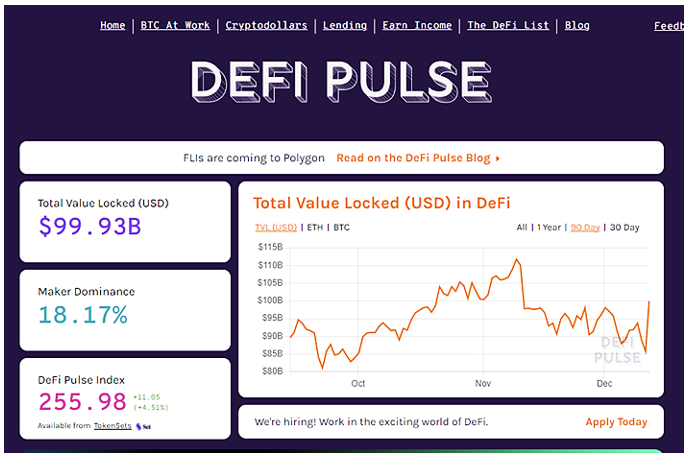The most successful business owners tend to have a plan for everything. If you ask them where they see the company in one year, five years, or a decade, they have a plan for that. However, one crucial thing that many savvy business owners may forget or procrastinate in planning is how their business will continue after they die.
Yes, mortality is not something many of us are prepared to face, causing the idea of planning for your business after you have passed on to seem like quite a daunting task. However, without a plan, many companies whose owners worked their entire lives toward building will begin to sink after their passing. The loss of your business may not impact only you, either.
Employees, family members, and customers will all feel the implications of your death if you do not develop a survival plan for your business. Considering just how uncertain life can be, there is truly no time like the present for you to create a business survival plan in the case of your death.
So, how does one even begin to create this plan?
Who Can Take Over for You?
One of the most important things you can do to keep your business afloat after you pass is to name your company’s successors. Have you identified who will lead your business when you are no longer around? Would you wish for your business to be sold, passed to a family member, or transferred to a business partner?
Knowing who you would like to take charge of your company after you are gone is crucial to ensuring the safety of your business. A few other questions to consider in this process include:
- Is your important paperwork accessible to them?
- Does your company’s potential future leader have the knowledge to keep your business running? How can you begin educating them if not?
- What will changing hands implicate for your business and its next leader’s taxes?
Look Into Key Person Insurance
Key person insurance is a form of life insurance designed to provide businesses with protections and benefits in the event that the business owner, top executive, or another essential employee passes on. A business may consider buying key person insurance if the company’s livelihood depends on a specific person or persons. The business pays for the key person insurance and, should the key person die, will act as the policy’s beneficiary. The benefit of purchasing key person insurance is that it offers your company a financial safety net in the event of your death, allowing the company to have time to save or shut down business operations.
Getting Incorporated
Getting incorporated is the legal process used to form a corporation. Business owners may choose to get incorporated because it distinguishes an individual’s business assets and income from the assets and incomes of the owner and the business’ investors. This limits the liability of the business owner and investors. Therefore, incorporating your business allows your company to possess its own assets, sign contracts, and be sold to a new owner without disrupting the business. If your company goes bankrupt, being incorporated allows you and your family protection against liability.
Identifying Your Top Clients
Your clients are some of the most critical aspects of the success of your business. Depending on the type of business you run, these clients may rely on the services or products they receive from you. So, how can you protect them in the case of your death?
To begin, you will want to identify a bit of information about them:
- Who are your top clients?
- What do you do for them?
- How often do you work together?
Once you have determined this information, work to ensure that the paperwork needed for your top clients is accessible to your business successor. This will ensure that your clients can continue to rely on your business in the case of your death.
Run Your Business Like You Are About to Sell it
Running your business as though you plan to sell it right now is always good business practice. This ensures that, in the case of any emergencies, the company’s leadership can smoothly switch hands. To do this, you should work to keep all of your contracts, agreements, and other crucial client and business-related information up to date and accessible should somebody else need to take over. You must also work to ensure you are not the only one who knows how to handle the essential pieces of your business.
Get Advice from the Professionals
None of us can specialize in everything. This is precisely why there are lawyers, accountants, financial advisors, and other professionals prepared to guide you toward making safe and effective decisions for your business.
Get Your Plans Legally Documented
As you receive valuable advice from experienced and educated professionals, take the time to ensure you get each and every plan legally documented. This will protect your decisions in the case that you are unable to protect them yourself.
Create and Maintain Your Personal Will
Along with legally documenting your business plans, it is also crucial that you create and maintain a personal will. While it may seem intimidating to begin thinking about writing your personal will, having one written up as your company accumulates enough assets will protect your plans for your business’s future.
Stakeholder Confidence
The confidence of stakeholders including clients, suppliers, investors, and employees, in the continuity and stability of the business is crucial. Effective communication and consistent operations can help maintain this confidence.
External Interest
If the business is profitable, there may be external parties interested in acquiring it. This can result in the business surviving under new ownership.
In Conclusion
Thinking about your own mortality can be intimidating for the best of us. However, if you are a business owner, considering ways to protect your business in the case of your death is crucial to being a business owner. Taking steps to protect your business can also provide vital protections for your family, your employees, the company’s future leaders, and your clients in the case of your death. It doesn’t matter what plans you have for your business after your death; taking steps to protect it will prevent the company’s transition from becoming messy and complicated. So, don’t put off protecting your business any longer.
References:
https://www.uschamber.com/co/start/startup/how-to-incorporate-business



